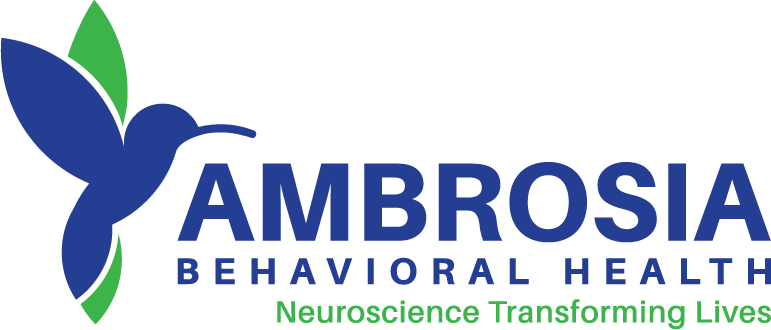Crack is a highly addictive drug that can have devastating consequences for those who become addicted. Crack addiction impacts the life of the addict and the lives of those around them. Therefore, it is vital to enter a drug treatment program as soon as possible to overcome crack addiction.
What is Crack?
Crack cocaine is a highly addictive and destructive drug. It is made from powdered cocaine and water and is smoked or injected. Crack cocaine can cause intense feelings of pleasure and euphoria, which can lead to abuse. What are the risks of crack cocaine use? Crack cocaine use can be very dangerous. It can lead to addiction and damage the brain, heart, lungs, liver, and other organs. Crack users also are at risk of committing robbery, violence, and other crime.
The effects of crack cocaine use depend on how much someone uses it and how they use it. Generally speaking, crack users have more intense feelings of pleasure and euphoria than users of powder cocaine. This makes it easier for them to become addicted to the drug.
What’s the Difference Between Crack and Cocaine?
Crack cocaine is derived from cocaine and is called “crack” or “rocks.” It’s also referred to as “freebase.” Crack is the smokable form of cocaine that is most commonly used with a pipe or a “bong” to smoke.
Cocaine is a naturally occurring chemical derived from the leaves of the coca plant. The process of refining cocaine and combining it with other chemicals in order to produce crack is known as “cooking” or “freebasing.” The process of making crack is called “freebasing” because the cocaine in crack is not in its natural state. Freebasing allows the drug to be easily absorbed into the bloodstream.
History of Crack Cocaine
Cocaine found its way into the United States during the 1970s. During the 70s and early 80s cocaine was in short supply and quite expensive. By the time the mid-80s came into existence, cocaine had become a problem. It had also become extremely cheap to manufacture and distribute, meaning the price came down considerably, making it affordable for anyone to purchase. This is because crack cocaine was developed in the U.S. as a cheaper and more potent form of powdered cocaine. It has become a leading cause of drug-related death and emergency room visits in the U.S.
In the 1980s, crack cocaine was found to be more addictive than other forms of cocaine. It was more easily absorbed by the body through the lungs and could cause severe health problems.
Drug dealers needed a way to make more money so they found a way to take powdered cocaine and turn it into rock crystals, i.e., crack cocaine. This new form of the drug brought about a different kind of high, one that was much more euphoric and much more addictive. During the 90s, many were using crack in almost all 50-states and many countries around the world.
In the early 2000s, Europe experienced a crack-boom just as the United States had during the 90s.
Why is Crack so Addictive?
Crack cocaine is one of the most addictive drugs out there. Crack blocks the uptake of certain brain chemicals, like dopamine. When dopamine receptors are blocked, users of crack experience intense feelings of euphoria.
These neurotransmitters are critical for controlling mood and feelings, so when they are at high levels, it can be very difficult to stop using crack cocaine. Additionally, crack cocaine users often report intense cravings and urges to use the drug, which can be extremely difficult to resist.
The Signs and Symptoms of Crack Addiction
Crack cocaine is a highly addictive stimulant drug that creates a “high” by attaching to the same receptors in the brain as other addictive drugs like morphine and heroin. Crack cocaine is often cheaper than powder cocaine. Therefore, it is more accessible to people in poorer neighborhoods.
The signs and symptoms of crack addiction include:
- Tolerance – users need greater and greater doses of crack to get the same high, leading to an increased risk of overdose
- Changes in mood – users may become euphoric and irritable, or depressed and anxious
- Negative changes in physical health – users may experience insomnia, an increase in heart rate, liver damage, or respiratory problems
Recognizing the addictive qualities of crack can be one step toward overcoming addiction.
Treatment Options for Crack Addiction
There are a variety of treatment options for crack addicts. Some people can get help through drug abuse counseling or therapy, while others may need to go into detox or rehab. There are also medications available that can assist people during detox from crack.
Crack Addiction Treatment in South Florida
South Florida is one of the most popular areas in the United States for crack use. There are several ways to treat crack addiction. Rehabilitation programs help addicts learn how to live without drugs and deal with their underlying issues. Ambrosia Treatment Center of South Florida offers comprehensive treatment for crack and other addictions. Contact us today or visit our admissions page to learn more.




